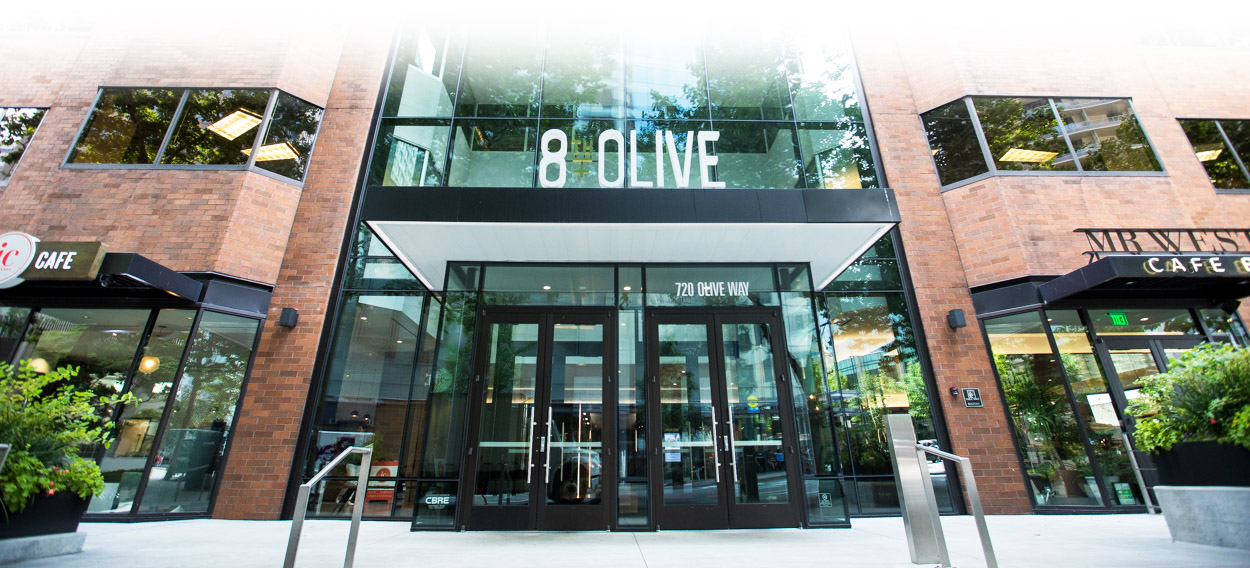 | Find Us on Google Maps |

 | Find Us on Google Maps |

 | Find Us on Google Maps |

This procedure may also be referred to as deep cleaning, quad scaling or root planning. Bacterial plaque builds up around the gum margin on a continual basis. If this is not removed regularly, inflammatory changes will start in the gums (gingivitis). The soft tissues will appear red and swollen and will bleed when probed. In health the collar of tissue around the tooth normally probes 3 mm, but with the onset of inflammation we see an increase in this reading. Plaque that has accumulated for as little as 12 hrs can begin to calcify. These accumulations are often referred to as tartar (calculus). If left untreated, damage to the bone and supporting tissues (periodontitis) may occur. The NSPT procedure that has been recommended for you involves cleaning of the root surface of the tooth to bring about resolution of the inflammatory process. When this is followed up by appropriate homecare we will expect to see pocket reduction and some reattachment. We typically will not see replacement of lost bone, but it should help prevent further bone loss from occurring. If appropriate oral hygiene efforts are maintained and there is follow through on maintenance appointments, the expectation is that no future NSPT procedures should be required.
Post treatment bleeding and discomfort should be minimal. The degree of bleeding and discomfort will vary on an individual basis. Do not be concerned if traces of blood are noted in the saliva for several hours after the procedure. If continuous, excessive bleeding occurs, please contact our office. If you are experiencing discomfort following the procedure an analgesic is recommended, non steroid antiinflammatory drugs such as Ibuprofen/Advil or Naproxen/Aleve work well if you can take them otherwise use Tylenol or contact the office for further instructions. Rinsing with warm salt water (1 tsp. salt to 1 cup water) is recommended a couple of times per day, for two to three days, to promote healing.
Meticulous homecare is critical to the overall success of your treatment. The degree of reattachment of surrounding tissues to the teeth after the NSPT will be directly related to the quality of your homecare. It is very important to be consistent with your oral hygiene routine as discussed during your appointment. Remember, plaque builds up on the teeth at the margins of the gums & just below on a daily basis. The plaque (bacteria) dies and calcifies with 12 to 24 hours. Any layers that are not removed on a daily basis cannot be removed tomorrow. In addition the latest research suggests a possible link between plaque bacteria and the development and progression of several systemic conditions including cardiovascular disease. It takes 90 days for the full bacterial load to re-establish after the procedure. Initially we will ask you to be on a periodontal maintenance schedule of 3 months (90 days) due to your susceptibly to these bacteria. We consider the maintenance of your oral health to be a partnership between our office and you, the patient.
If you have any questions or concerns please do not hesitate to contact us online or by telephone at (206) 628-0404.In case of emergency call our office and you will be directed to the on-call doctor.


High Quality Dentistry I never realized that my gum recession could actually be fixed! This was a happy discovery and I am so glad I did this procedure especially now that it is done! Dr. O'Beirne and her team are excellent and completely trustworthy. I felt very secure in their care and I am really happy with the results. I would highly recommend them for any procedure because they do the best work and put your mind at ease. – Elise R.
Top Periodontist in Seattle 2006-2024